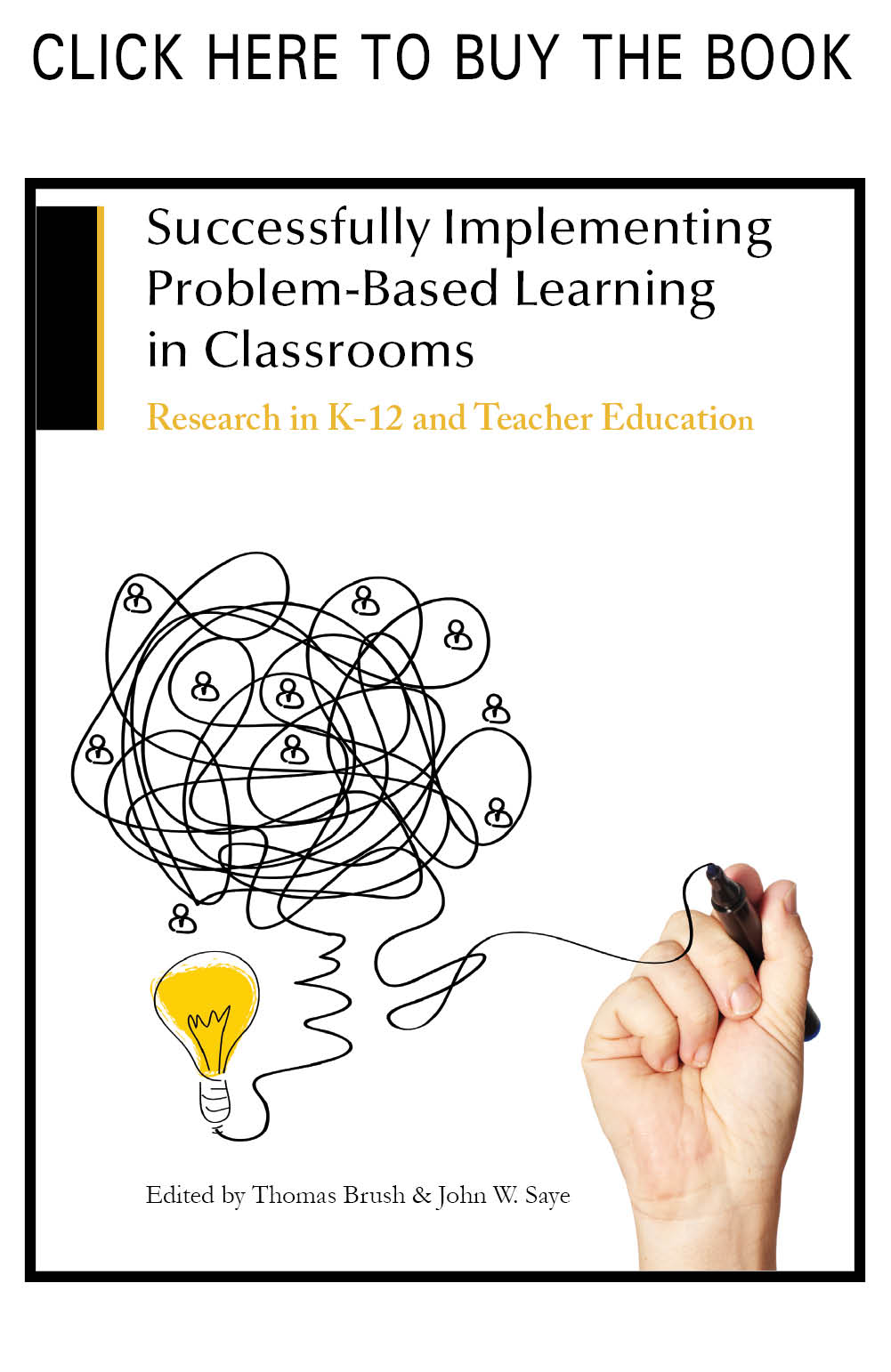Abstract
Although the characteristics of PBL (problem focused, student centered, self-directed, etc.) are well known, the components of a problem-based learning environment (PBLE) and the cognitive scaffolds necessary to support learning to solve different kinds of problems with different learners is less clear. This paper identifies the different components of a PBLE, including a problem to solve, worked examples, case studies, analogues, prior experiences, alternative perspectives, and simulations. Additionally, different cognitive scaffolds necessary to help students interpret and use those components include analogical encoding, causal relationships, argumentations, questioning, modeling, and metacognitive regulation. Recommendations are provided for matching components and scaffolds with learners’ needs when solving different kinds of problems.
Recommended Citation
Jonassen, D.
(2011). Supporting Problem Solving in PBL. Interdisciplinary Journal of Problem-Based Learning, 5(2).
Available at: https://doi.org/10.7771/1541-5015.1256




